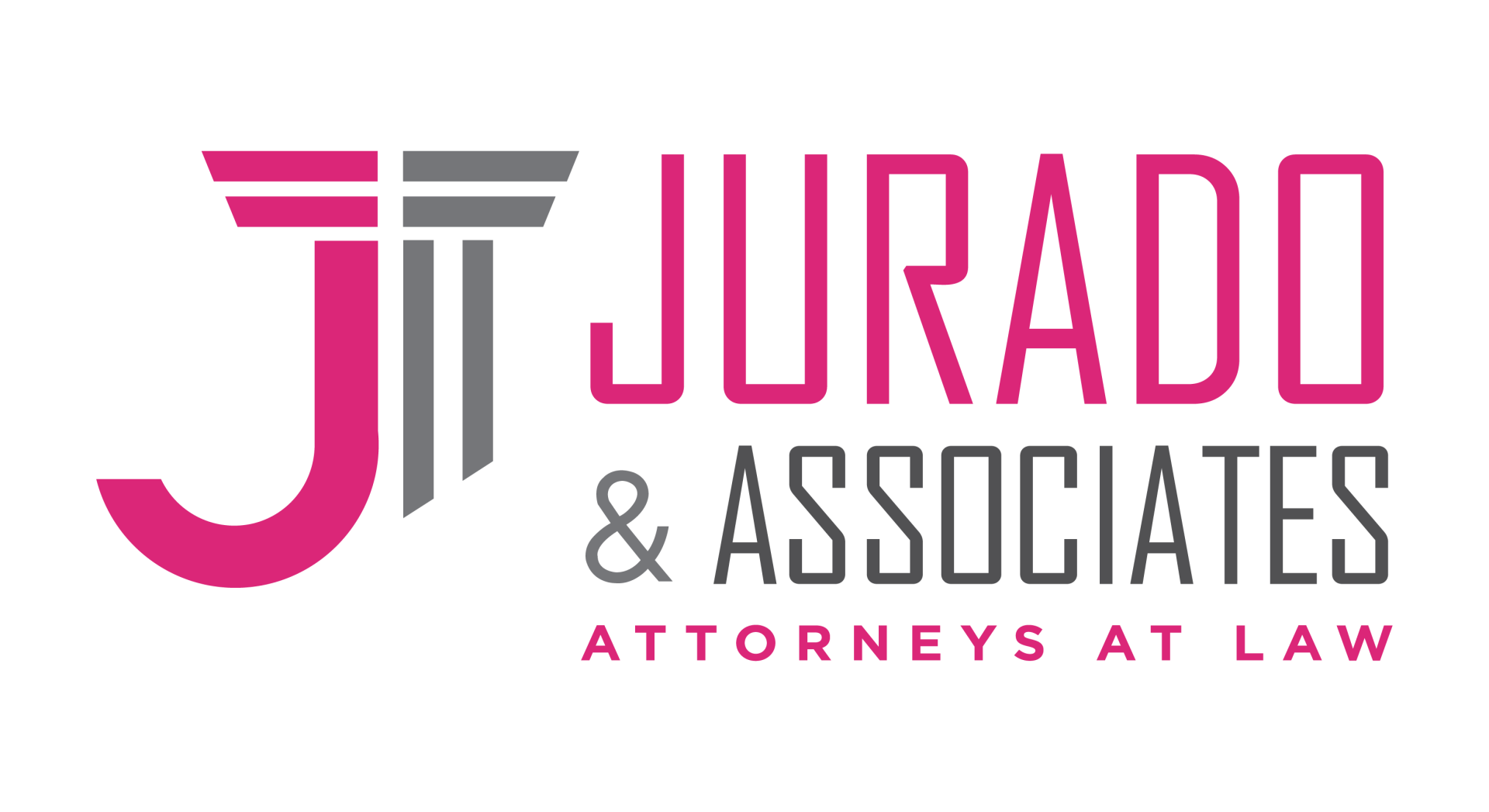The United States Citizenship and Immigration Services (USCIS) has several categories of visas with distinct requirements for approval. The E visa category encompasses three different visas – the E-1, E-2, and E-3 classifications.
In this article, you will understand the difference between the E-2 and E-3 classifications.
What is the Difference Between E2 and E-3 Visas? – In Detail
Understanding the E-2 Visa
The E-2 Treaty Investor visa is a nonimmigrant classification applied to eligible foreign nationals from treaty countries. The basic eligibility criteria for E-2 status:
- The applicant must a national from an eligible E-2 country
- The investment of a substantial amount of capital in a bona fide US-based enterprise
- The applicant must be seeking to enter the country exclusively to develop and direct the investment enterprise
Applicants must demonstrate to have at least 50% ownership of the proposed enterprise or possession of operational control in the business through a managerial position or appropriate leadership role.
Not all countries are eligible for E-2 eligibility. Hence, the applicant’s country must be a country:
- With which the United States maintains a treaty of commerce and navigation
- With which the United States maintains a qualifying international agreement, or
- Which has been deemed a qualifying country by legislation
In certain cases, employees of E-2 investors may also be eligible to apply for the same visa. After obtaining approval for E-2 classification, treaty investors may be accompanied by their spouses and unmarried children (under 21) to enter the United States.
It is worth noting that the nationality of the dependents need not be the same as the E-2 principal. The initial period of stay is usually two years, with the possibility to renew the classification in increments of up to two years each. The E-2 visa has no limit to extensions.
Understanding the E-3 Visa
As specified by USCIS, the E-3 category is a nonimmigrant visa focused on “Specialty Occupation Workers from Australia.” Only nationals of Australia seeking to enter the United States to perform services in a specialty occupation can apply for the E-3 classification.
To qualify for E-2 classification, the basic requirements for applicants are:
- To be a national of Australia
- Have a legitimate employment offer in the United States
- Satisfy the academic requirements or other qualifying credentials
- To be seeking a position that qualifies as a specialty occupation
The term “specialty occupation” refers to an occupation that requires “theoretical and practical application of a body of highly specialized knowledge and the attainment of a bachelor’s or higher degree in the specific specialty, or its equivalent, as a minimum for entry into the occupation in the United States.”
The applicant must demonstrate that he or she is entering the country solely to perform the proposed professional activities. Spouses and unmarried children (under 21) may accompany an E-3 principal as dependents.
While work authorization is not available for children of E-3 principals, a spouse of an E-3 worker can apply for proper work authorization. Generally, the initial period of stay is two years.
With a few exceptions, there is no maximum number of extensions, which can be granted in increments of up two years.
E2 and E-3 Visa – Immediately Contact Us to Identify the Best Option for Your Case
A well-versed legal advisor in US immigration law, Attorney Romy B. Jurado willingly wants to help you. Contact us by calling (305) 921-0976 or emailing [email protected] to schedule a consultation.





